Trending
Opinion: How will Project 2025 impact game developers?
The Heritage Foundation's manifesto for the possible next administration could do great harm to many, including large portions of the game development community.

Featured Blog | This community-written post highlights the best of what the game industry has to offer. Read more like it on the Game Developer Blogs or learn how to Submit Your Own Blog Post
The survival horror genre has no shortage of leads who share the player's eagerness to go through hell and back to achieve their goal of living to see another day.
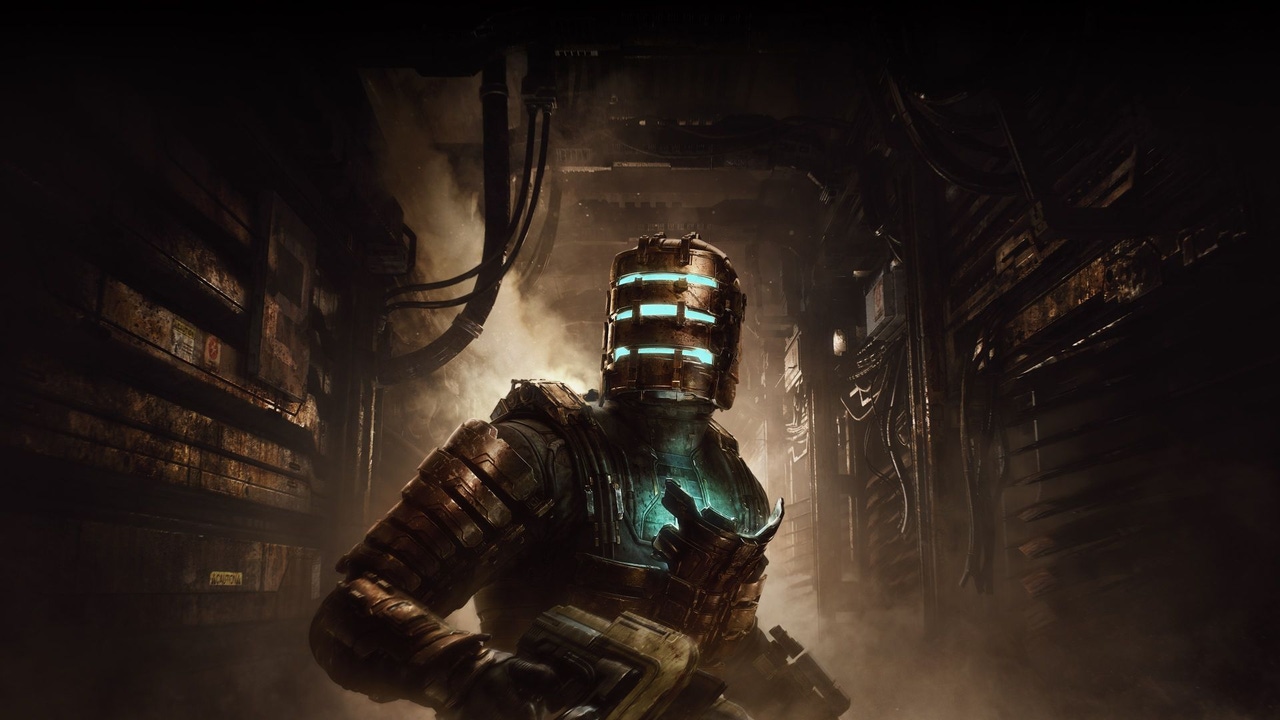
When it comes to escaping harsh realities, many would agree that video games have people covered.
Not only can they provide hours of interactive entertainment that puts folks in control of the experience, but they also offer a little something that may sharply contrast with the feeling of powerlessness all souls experience at some point in their lives. That little something is the power fantasy, ranging from blasting hordes of baddies in Trepang2 (2023) to stealthily dispatching foes with supernatural efficiency in Dishonored (2012).
But what if the game in question is loath to grant you a license to liberally make short work of challenges? What if it puts your player character at a greater disadvantage with regard to how powerful they and their enemies are?
In that case, the world of trouble you'd find yourself in would most likely be a house of horrors—literally and figuratively—in which to survive.
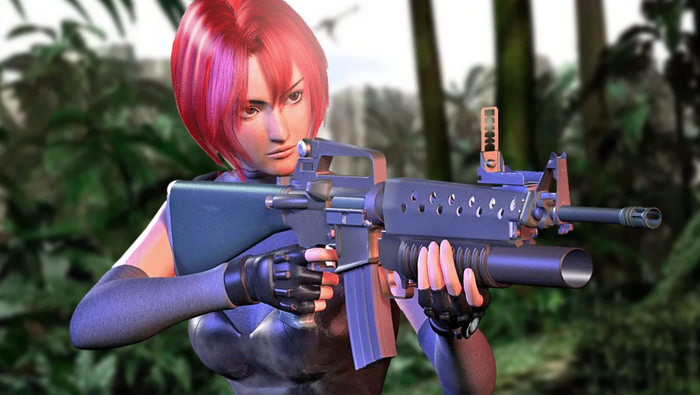
Whether you're infiltrating an abandoned research facility as the plucky Regina in the Dino Crisis series or investigating a dilapidated amusement park as Mara Forest in Crow Country, the survival horror genre has no shortage of leads who share the player's eagerness to go through hell and back to achieve their goal of living to see another day—even if they lack the necessary firepower for easily sidestepping an early demise at the hands of daunting adversaries.
However, just because they find themselves in uncharted territory where their deaths may go unnoticed in civilization's eyes doesn't mean they can't be made indelible in players' peepers.
Be it their personality, gameplay abilities, story arc, or a blend of all three, horror game protagonists bear all kinds of facets that players may come to appreciate should designers think long and hard about how to make their title's leading star a force to be reckoned with. Not necessarily with regard to their ability to overcome obstacles, but more so with winning gamers' hearts through their words and deeds.
Besides, someone's got to feel heroic enough to brave the horrors awaiting them.
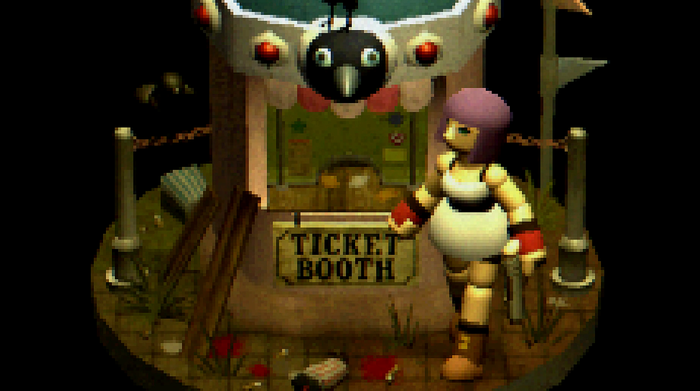
NOTE: The tips in this article may or may not be compatible with every game depending on the designer's vision, but they serve as general tenets that can benefit the experience when well implemented. Spoilers abound since details about the protagonists shall be discussed.
As with ordinary folks, horror game protagonists embody hopes and dreams that prompt them to take action and weather the hurdles they may encounter. After all, Kurt Vonnegut once stated that every character should want something—even if it is only a glass of water.
Of course, unless done for comedic purposes, a glass of H2O won't convince a determined soul to put themselves in harm's way and lay themselves bare.
Instead, it would be wiser to have that same soul bear a personal goal—so personal that the comfy world as they know it would come to an end should they fail on their quest. The reason designers should go the extra mile in that respect is that it'll force the lead to give it their all by showcasing the whole range of actions they take and the words they say to see things through.
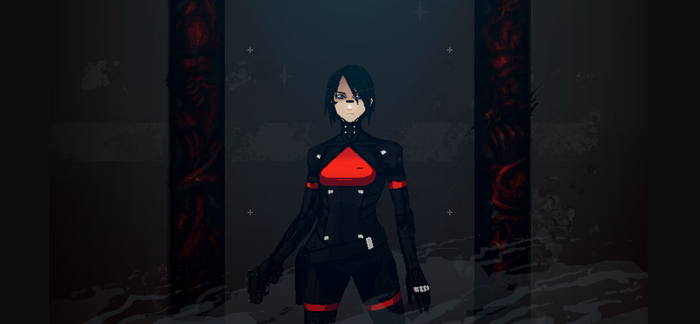
If SIGNALIS's Elster is any indication, then, it's that having a loved one in desperate need of being rescued is an appropriate way to drive the action.
From the moment she awakens from her slumber and steps into the nightmarish world of Leng, Elster acknowledges that her partner can't be merely picked up at the lost and found office. Going down that route is more likely to reward our heroine with a monster or two looking to dismantle their prey one limb at a time.
As players make their way further down the symbolism-heavy rabbit hole and take on its many terrors, they'll gradually understand that whoever Elster is after isn't just one of many folks dear to her. In fact, she and her long-lost lover are the only true sources of comfort and belonging they've ever had. To let go, then, would be akin to dying—hence Elster's willingness to take on cosmic horrors and even a godlike figure if it means reuniting with the one who makes her forget about the harsh universe they're in and the cruel circumstances they ended up in.
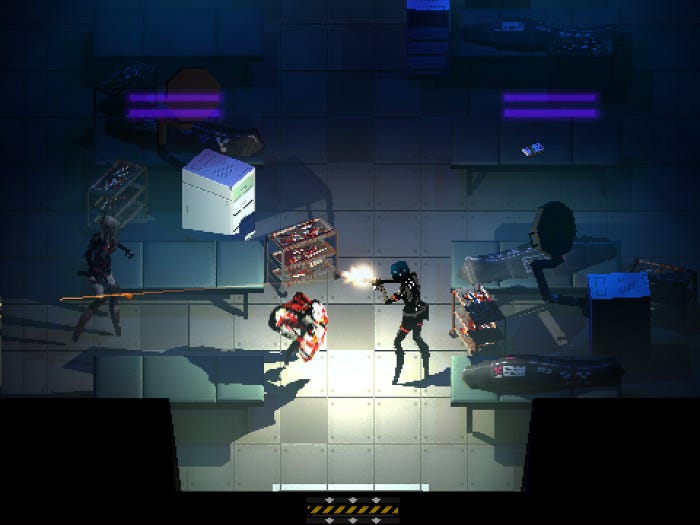
While it is true that featuring an alien setting is vital to begetting a fittingly unsettling horror experience, it's also true that the protagonist can feel especially tense when they stumble upon something/one that reminds them of what they had and dealt with before setting foot in the lion's den.
This sharp contrast between the foreignness of their newfound environment and the familiarity of items/people can add a tangible layer of confusion and disorientation to the protagonist's journey.
Simply put, they may begin questioning their grasp of the situation and even reality. What are their harrowing surroundings trying to say? Is there something the protagonist does(n't) know that ties them to the space they're exploring?
On the one hand, such eerie details may give the lead many reasons to hightail it out of there since they may want to deny any associations with something they'd hardly call home (especially if said details are tragic). On the other hand, though, it may also inspire the protagonist to push ahead, make sense of what they're witnessing, and hopefully seek closure.
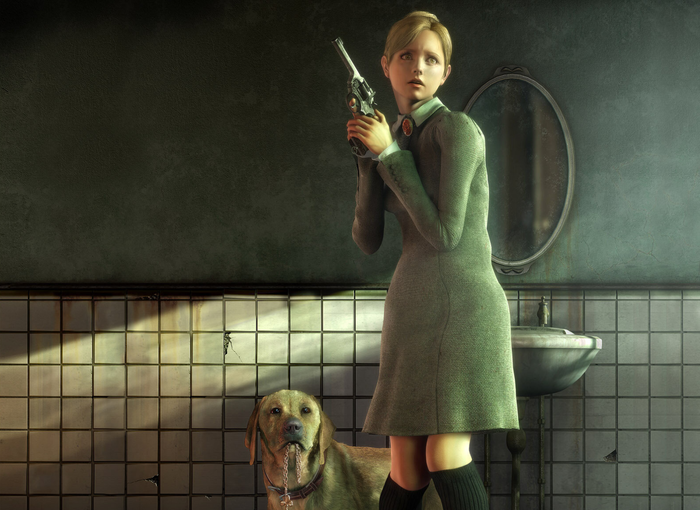
In that respect, Jennifer from Rule of Rose stands as a great example—her story leading up to a sudden realization that recontextualizes the space she explores.
At first, it appears that the locations she finds herself in—such as the airship and orphanage—are all part of an unfortunate series of events that Jennifer got abruptly pulled into. It also doesn't help that her being at the mercy of a ruthless club dubbed the Red Rose Aristocracy makes Jennifer feel increasingly powerless and disoriented. Only her canine companion Brown is eager to be at her side and assist her in negotiating her surroundings and dealing with their obstacles.
However, as the story progresses and Jennifer starts witnessing events as her younger self, it becomes clear that the locales she trekked across and the personalities she interacted with are byproducts of her distorted memories of her girlhood. In other words, the game goes from feeling like something out of a Lewis Carroll tale to being more akin to a morbid trip down memory lane with thematic oomph.
Therefore, Jennifer's surroundings are the way they are because she's trying to deal with her survivor guilt and make peace with the fact that the many tragedies she witnessed as a kid were beyond her control. Not only did she conquer her fears, then, but she did so on their turf. So much for home advantage.
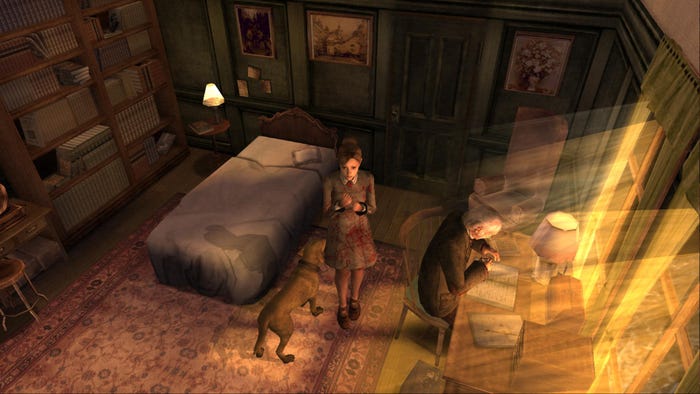
As overwhelming as the forces a horror protagonist faces should be, that's not to say that player characters shouldn't at least have some way to buy themselves time or even things out in the tug-of-war between them and the opposition.
While scares can come from facing obstacles that can make short work of the avatar, they can also stem from the risks that come with the player trying to fight back or give their foes the slip. Besides, all tension evaporates when one can predictably run away from their pursuers and succeed if they follow the game's rules and read the literal room to a tee. Being able to take on their hunters while knowing that they might sustain damage or die at worst? Here's where things get (and stay) unpredictable, something all horror experiences can benefit from.
The key, then, lies in taking into account the fact that horror protagonists—just like real folks—have fight-or-flight instincts in dangerous situations. Ergo, protagonists shouldn't act as if they must flee or overpower their enemies all the time. Giving them both options and letting them choose between the two in any situation can help the protagonist feel resourceful and prudent.
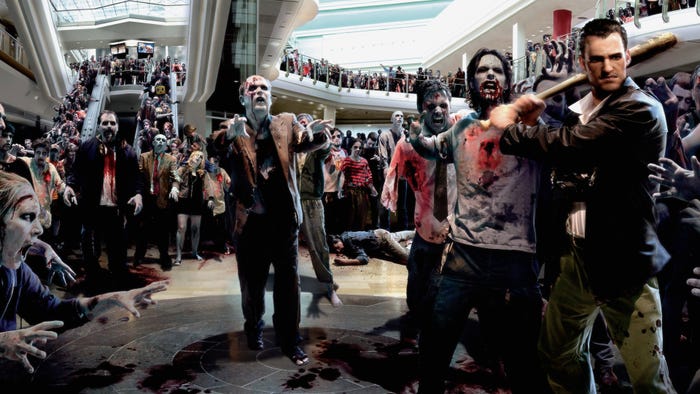
Those last two adjectives fittingly describe photojournalist Frank West from the Dead Rising series. Sure, he's more of an everyman than the kind of hero you play as in a Resident Evil title, and the hordes of zombies he must contend with may compel him (and players) to give them a wide berth.
Yet just like how he hunts down opportunities to take quality pics of his surroundings, Frank's never afraid to look for ways to get from Point A to B in crimson fashion should he feel bold enough (and have enough HP on his person). And given that players are incentivized to rescue any survivor they come across, Frank must frequently be a hero in a place regular folks wouldn't dare go to on a Black Friday. That said, the presence of zombified masses still means that Frank must think and plan carefully with regard to his choice of tactics and gear.
Speaking of gear, the fact that it can be as innocuous as a children's toy or hockey mask suggests that Frank's potential decision to equip them stems from his need to improvise to survive in a world that wants to feast on his innards. Seeing as horror games can deprive players of resources, a protagonist who fashions a weapon or armor from shopping mall staples is one that shows a blend of strength and vulnerability—further humanizing them in the process.
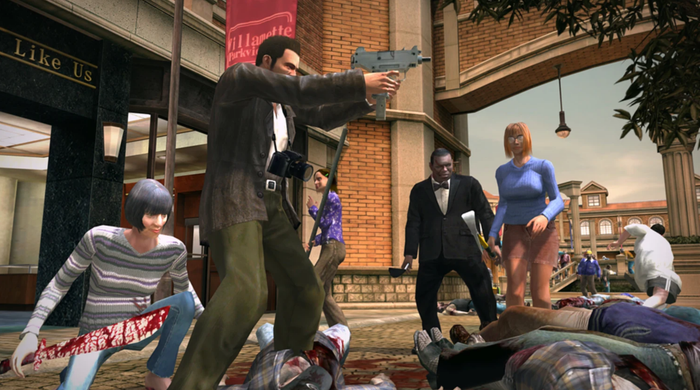
There is a truism out there that states that folks tend to show their rawest and innermost selves whenever they find themselves in times of crisis. Gone are the social masks they don to get along (and get their way) with others, allowing observers to witness the lengths to which people will go to reassert control over an unwieldy situation and have everything go back to normal.
The above paragraph is perfectly suited for horror titles because it can put lead characters on the spot whenever they interact with fellow survivors and are about to take decisive and irreversible action. More specifically, a protagonist's flaws can be exposed in such scenarios—providing them with a chance to see the consequences of their lesser endeavors and potentially take the necessary steps towards becoming a better survivor and individual.
The great part about this criterion is that the maturing protagonist can even cause other characters (if there are any) to go through their own metamorphosis, which can give birth to new forms of interactions that keep interpersonal dynamics fresh and may lead to defining moments in one's story arc.
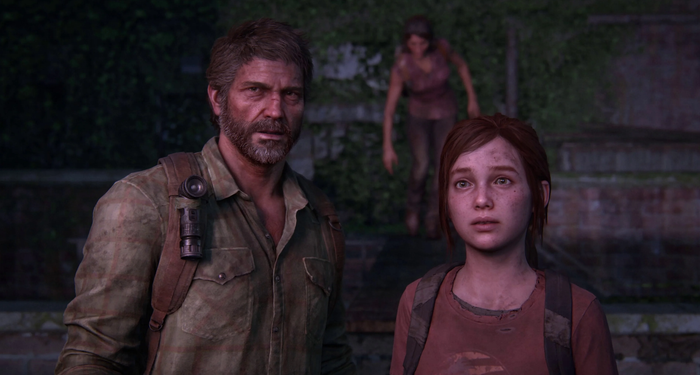
One title that comes to mind is The Last of Us, with Joel and Ellie serving as lead characters who grow together as they make their way from east to west. Initially, Joel's being haunted by the death of his daughter Sarah means that he has a hard time seeing the bright side of life. At the same time, Ellie expresses frustration at being escorted by someone who's unapproachable and unwilling to let her handle herself—let alone a firearm.
From the get-go, parental trauma and teenage frustration contextualize the duo's inner struggles. As they get closer to their destination, however, the two start warming up to one another—Joel becoming more receptive to having his traveling companion defend herself and Ellie going the extra mile to nurse a gravely wounded Joel back to health. All the time they have spent together has allowed both protagonists to see the good in each other, resulting in them making tough choices in the name of mutual survival.
Ellie's hacking away at a cannibal with a machete, Joel's decision to save Ellie instead of letting her die in the name of producing a vaccine... None of these would've occurred had it not been for character growth, something facilitated by the horrors they had to overcome to survive physically and mentally as a team.
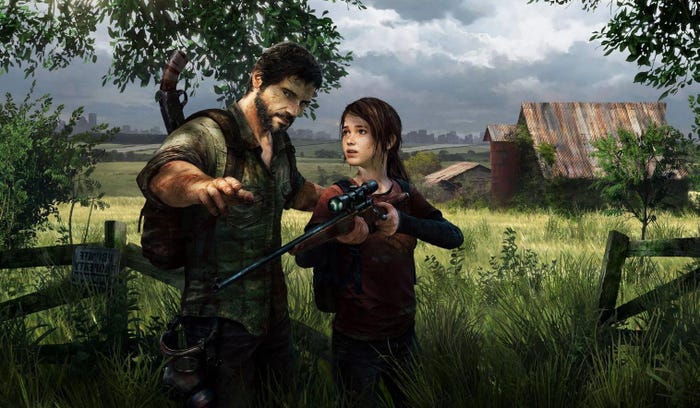
As horror titles generally drop players in uninviting environments aiming to chip away at their avatar's HP and sanity, it's safe to assume that the player character will take some form of damage along the way.
Not just the kind of damage that'd have one open their inventory and down some green herbs for good measure, but also the sort that the protagonist shows on their person and in their mien for the remainder of the experience as if it were a badge of honor.
Designers may choose to depict such audiovisual and behavioral details for two reasons: First, it reinforces the idea that the protagonist is a vulnerable being who must exercise caution and never lose hope if they wish to emerge victorious (and preferably in one piece). Second, it can act as an indicator of narrative progress that highlights the fact that our hero(ine) has reached the point of no return.
To put things euphemistically, they're about to find out if they will be separated from either the wheat or the chaff.
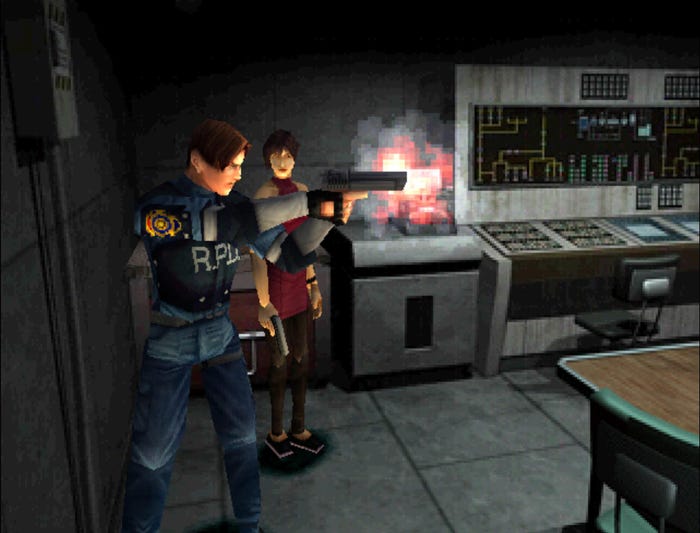
Such is the situation that Leon Kennedy from Resident Evil 2 shall find himself in as he ventures further into the bowels of Raccoon City. Early on, Leon is likely to get chewed on by various mutated and zombified critters. This can result in him losing HP and limping about the virtual space, but it's nothing some health items can't patch up—hence the lack of change to his in-game model.
That is, until he gets shot while trying to get Ada Wong out of harm's way.
Following that impromptu act of heroism, Leon dons a bandage on the upper half of his body for the rest of the game. No amount of healing can reverse that texture change: Mr. Kennedy will be forced to show everyone he meets that plot armor can only go so far in shielding him from all kinds of nasty blows.
The bandage might be a simple detail in and of itself, but it does achieve one of the goals a designer has in mind when portraying the protagonist's struggles: It shows that no matter who you are, any reckless action you take—even with the best of intentions—will have the baleful environment leave its mark on you in painful fashion. Given that horror games can come with increasingly high stakes, having the lead character display the consequences of taking on the unknown can be a potent reminder of their fragility and the need to potentially change tactics if they want to make it back to the ordinary world as a wiser individual.
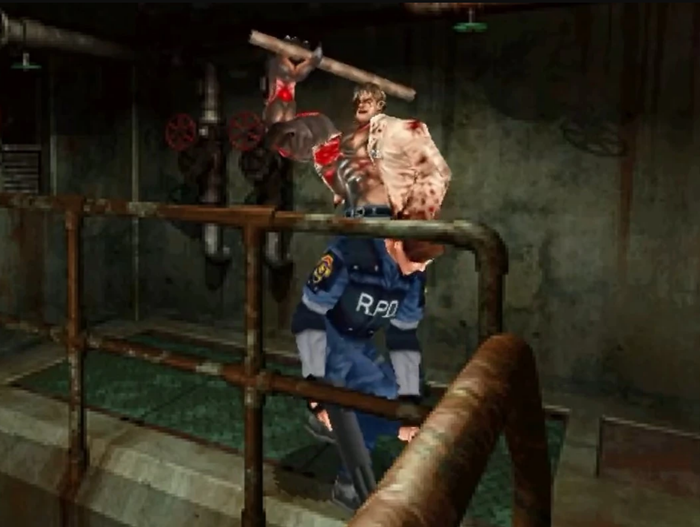
As with all characters in works of fiction, horror game protagonists don't necessarily need to be "normal" for players to easily relate to—especially if one considers that games provide escapism that lets folks control characters with noteworthy and attractive facets. Given the genre's reliance on tough-as-nails circumstances to inspire gamers to play cautiously, said facets shouldn't equate to granting the lead character anything that's more at home in power fantasies.
In the case of horror gaming, any quirks or special features the protagonist embodies should be related to a couple of things: First, they may add a touch of personality to the character that makes their interactions with their environment noteworthy in terms of how well they spot details and how unique their observations are. Second, they may serve as a way for the protagonist to effectively read and, in some cases, shape their surroundings to better negotiate them (while still keeping the odds stacked against our lead character).
The upshot, then, is that the protagonist's facets will make them a more interesting personality and someone who's trying to actively cope with and make sense of a menacing situation. Chalk it up to the fear of the unknown.
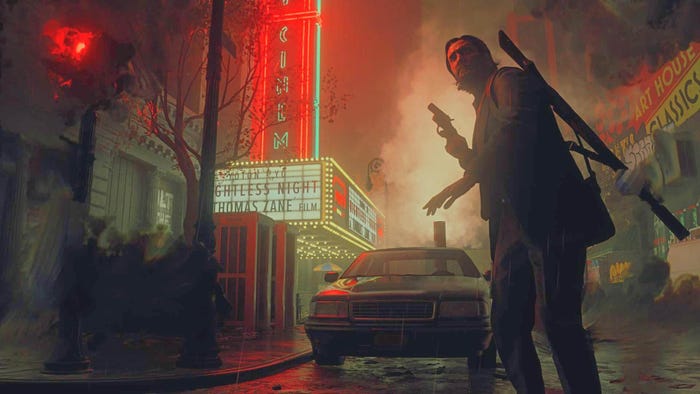
This is exemplified via the titular wordsmith from Alan Wake 2. As an everyman trapped in a supernatural alternate dimension dubbed The Dark Place, Mr. Wake knows that even if he somehow trained himself to become a firearms meister, chances are he's still unlikely to fight his way out through exclusively conventional means. Instead, he has to leverage his skills as a word wrangler to get out of Dodge. Ergo, he can't keep suffering from writer's block.
Thankfully for him, the Dark Place is a surprisingly flexible canvas for Alan's reality-shifting writings. With the help of his trusty Writer's Room (and some good ol' writing prompts to get the literary brain going), Mr. Wake can change his story (i.e., the Dark Place) and grant himself access to new areas that'll hopefully get him closer to freedom. Whether it's turning a subway tunnel into the site of a bloody ritual or creating a blood trail to follow by writing about a wounded detective, Alan can partake in a tug-of-war with his surroundings that helps make his character idiosyncratic and the way he tackles obstacles novel.
Sometimes, the typewriter can be mightier than the gun—making Alan Wake a remarkably ingenious figure who knows that outsmarting horror baddies can oftentimes be more effective than simply pumping them full of lead.
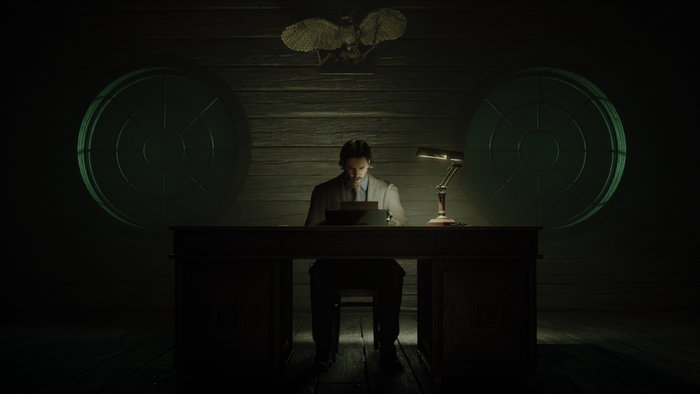
Let me know what you think of my post in the comments section, and feel free to ask questions and share the article.
Twitter: https://twitter.com/Watfen64
Email: [email protected]
You May Also Like